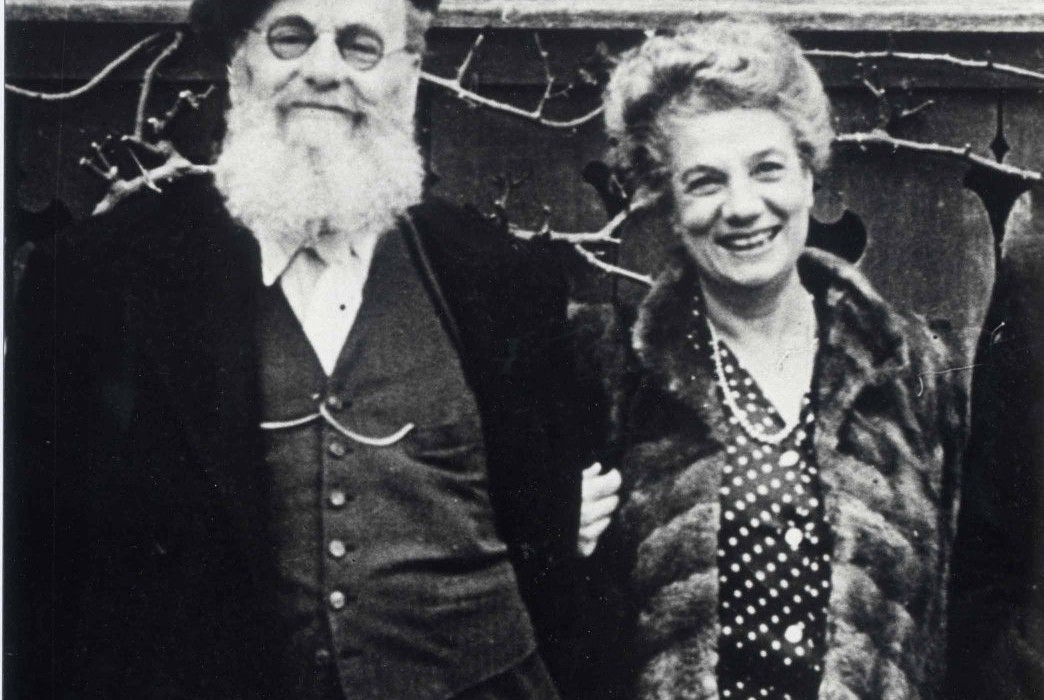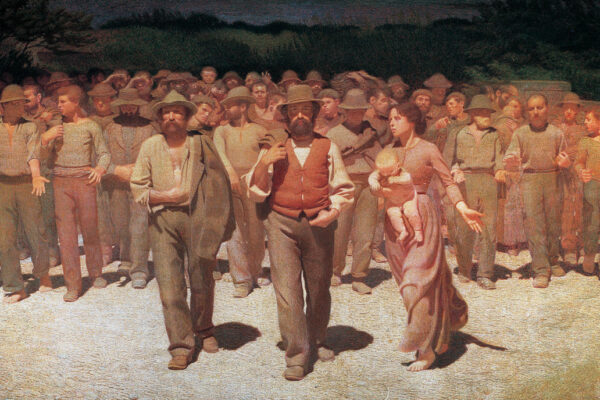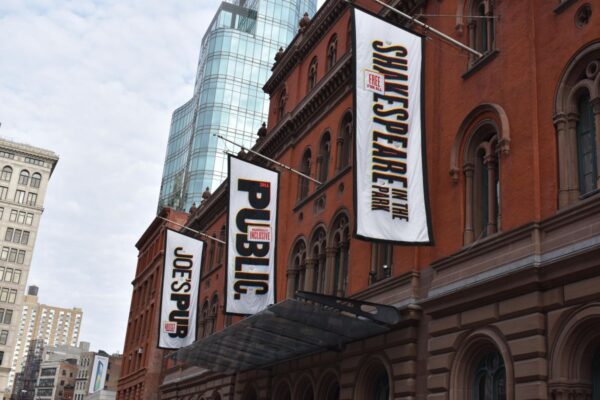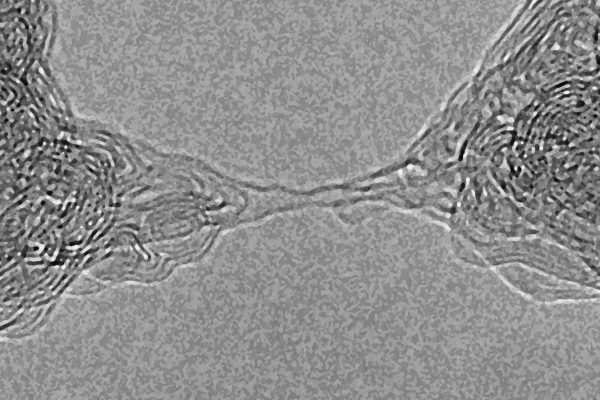«I nostri compagni d’America»: The Jewish Labor Committee and the Rescue of Italian Antifascists, 1934-1941
Catherine Collomp, Université Paris VII. Reprinted by permission, Altre Italie
After the German army’s invasion of France in June 1940, hundreds of Italian antifascists, most of whom had been refugees in this country for over a decade, were part of the massive exodus that moved into the yet unoccupied South. Many found refuge in the Southwest region where Silvio Trentin’s bookstore, the Librairie du Languedoc in Toulouse, now served as a clandestine rallying and dispatching point (1). Some found temporary havens in the mountain villages of the Pyrenees. General Secretary of the Italian Socialist Party Pietro Nenni remained in hiding in Palanda, a village of the Ariège; while prominent leader of Giustizia e Libertà Emilio Lussu established temporary quarters near Foix. Many others, like socialist representative Giuseppe Modigliani, relocated to Marseille. Even in the South, however, the situation of Italian antifascists was precarious and no different from that of the German, Austrian or Tcheskcoslovakian anti-Nazis. Article 19 of the Armistice convention that the Vichy government signed with the Third Reich stipulated that French authorities were to «surrender on demand» all persons whom the Gestapo would request (2) . The most prominent leaders of the opposition movements to the Nazi régime topped these lists, and the situation was the same for Italian antifascists now requested by the Mussolini police.Catherine Collomp is a professor of American history at Université Paris VII. Her book Entre classe et nation, mouvement ovrier et immigration aux Etats-Unis, Paris, Berlin 1998, explores the relations between labor and immigration at the most classic time of working class formation in US history. Her research expanded to include the history of the American labor movement’s reaction to fascism and nazism.
In this desperate situation, many refugees looked to America as a safer place of exile. All contemporary accounts of the relief and rescue operations for these political expatriates mention the help of American «friends», or «comrades», who obtained the precious visas and provided passage to the United States (Fry, 1997; Lussu, E., 1956; Lussu, J., 1967; Garosci, 1953; Fittko, 1991). In his Diplomazia clandestina (1956), Lussu frequently referred to «i nostri compagni d’America». Lussu in fact included at least two groups in this category.
The expression referred to the Italian intellectual refugees who, like Gaetano Salvemini, Max Ascoli or Lionello Venturi, were already in the United States before 1940 and had founded the Mazzini Society in December 1939 (Tirabassi, 1976, pp. 141-58; also 1984-1985, pp. 399- 425; and 1984, pp. 295-313; Casalino, 2000, pp. 16-23). Yet, he also designated as the «American friends» or «comrades» the Italian-American sections of the American labor movement whose active intervention he recognized.
Similarly, in Surrender on Demand , Varian Fry, who represented the New York based Emergency Rescue Committee, clearly acknowledged the role played in rescue and relief by the main American labor organization, the American Federation of Labor (AFL ). In addition, both Lussu and Fry mentioned the presence of Frank Bohn, presented as the AFL representative, who reached Marseille a few days before Fry in August 1940 (Lussu, E., 1956, pp. 10-11; Lussu, J., 1967, pp. 24-28; Fry, 1997, pp. 7-12).
This paper focuses on the second category of the «American compagni», members of the American labor movement through their links to other organizations created to liberate European victims of fascism and Nazism. The help extended to Italian exiles by the Italian-American locals of the main garment workers’ unions did not simply result from ethnic solidarity. Nor did these locals limit their solidarity to Italian refugees. The unions that operated on their behalf were part of a larger anti-Nazi and antifascist struggle organized under the aegis of the Jewish Labor Committee (JLC ), a group founded in New York in 1934. The role of the JLC , often subsumed under the name of the AFL, has not been adequately acknowledged in this context. The scope of the JLC ’s solidarity was more political than strictly labor oriented and more to the left than the AFL ever could be. In addition, although Italian antifascists were not the JLC ’s most numerous and immediate protégés, focusing on its interventions on their behalf sheds light on the relations between the two groups of American «compagni» mentioned by Lussu or other antifascist militants.
A network of inter-related labor organizations It is indeed incomplete to ascribe solely to the American Federation of Labor, or even to the Italian-American locals in the unions affiliated to it, the relief and rescue of political leaders of the European social-democratic movement.
Such a construction is wrong for at least two reasons. The first one was the AFL ’s adamant opposition to any relaxation of the country’s immigration laws whose formulation it had greatly influenced. Not only did the quota system since 1924 considerably restrict the number of immigrants from non Anglo-
Saxon countries (especially Italy). But since the beginning of the Depression, these quotas had been drastically reduced to 10 per cent of their capacity. The only exception to these rules was the admission «above the quotas» of intellectuals, artists or scientists, who were offered at least a two year contract by an American university or cultural institution. This provision had allowed the arrival of many German, Italian and Austrian refugees fleeing their political regimes and the Third Reich’s antisemitic laws (see for instance: Fermi, 1971; Wyman, 1985; also 1984; Morse, 1967; Feingold, 1970; Breitman and Kraut, 1987; Friedman, 1973).
Like thousands of German and Austrian intellectuals, some prominent Italians, such as Gaetano Salvemini or Enrico Fermi, had benefited from this rule. But in no way were these persons recognized as political refugees, they were simply counted as immigrants by the Immigration and Naturalization Service. After the Anschluss in 1938, President Roosevelt’s creation of the Presidential Advisory Committee on Political Refugees (PACPR ) was a first step toward recognizing the particular plight of German and Austrian Jews, as well as of the prominent persons whose political roles or writings had condemned them to certain arrest by the Nazi authorities. Yet, to qualify for a recommendation by the PACPR , these persons required at least two affidavits testifying to their good moral and political (e.g. non communist) character.
Like «non quota» intellectuals they also needed to prove that they were not «likely to become a public charge» and could obtain a work contract in the United States. Even for persons whose fame had reached the United States prior to their demand for admission, a position in an American university was not easy to obtain. But for prominent and certainly for more obscure labor and political leaders, employment was much more problematical. And when the INS services fell under the province of the Justice and State Departments in June 1940, political justification became even more difficult to establish to satisfy the conservative personnel in the Visa division who feared the emergence of «fifth column» Nazi or communist militants in the US (Alien Registration Act or Smith Act, June 1940; Israel, 1966).
The second reason why the AFL could not act alone on behalf of persecuted European socialists was its traditional apolitical stance and isolation from European labor and socialist movements. Since its foundation under the leadership of Samuel Gompers in the late XIXth century, the Federation remained isolated from the socialist dominated international labor movement. Fearing involvement with any political party and suspicious of socialists both in the United States and in Europe, it had refused to be part of the Second International founded in 1889 and remained isolated when the latter reconstructed itself as the Labor and Socialist International (LSI ) in 1923. On the level of in ternational trade union affiliation, the AFL had briefly (1913-1919) been part of the International Federation of Trade Unions (IFTU ), but had not renewed its membership after World War I for the same political reasons that kept it isolated from the Socialist International.
After 1924, however, AFL new president William Green was less sectarian in his understanding of European labor and politics than his predecessor. He understood that the Mussolini régime did not bring pride but misery to the workers and pledged the AFL ’s support to the Antifascist Alliance of North America which was founded by the two main labor unions in the garment trades, the International Ladies Garment Workers (ILGWU ) and the Amalgamated Clothing Workers of America (ACWA )3 . After the advent of the Third Reich in Germany, Green unequivocally condemned the tragic and complete destruction of the German labor movement that occurred during the week of May 2 1933. He was equally adamant on the question of Nazi persecution against Jews. Thus at the October 1933 convention, the AFL voted to boycott German made goods and German services, «a boycott to continue until the German government recognizes the right of the working people in Germany to organize into bona fide , independent trade unions of their own choosing, and until Germany ceases its repressive policy of persecution of Jewish people» (AFL 1933 Convention, Proceedings , pp. 466-73. On the boycott: Gottlieb, 1982).
The context of the rise of Nazism gradually led the AFL to come into the orbit of international labor. The IFTU in particular actively sought its financial and moral support to combat Nazism and fascism now spreading in Europe.
The outbreak of the Civil war in Spain in 1936 finally triggered the AFL executive committee to resume its membership to the International Federation.
IFTU president, Walter Citrine, had made two journeys to the United States to that effect4 . Yet because of its previous isolationist and non-socialist stance, the AFL remained remote from the social-democratic movement embodied in both the IFTU and LSI . Its leaders had little knowledge of and personal contacts with European labor and socialist opponents to the totalitarian régimes in their countries. Especially the rescue of these leaders or lesser known militants could not have taken place without the intervention of the JLC .
The JLC was founded in New York in February 1934. Its leaders were all former Jewish immigrants who had arrived in the United States in the 1900’s; most of whom were Bundists in the Russian Empire. Dating back to 1897, the Bund (General Jewish Workers’ Union of Russia, Lithuania and Poland) was both a socialist revolutionary party and a general union devoted to the defense of Jewish workers and the protection of Yiddish culture in the Pale and later in the diaspora.
Bundism dialectically combined the values of proletarian internationalism with the defense of an oppressed culture and people. It inscribed universal socialism in a messianic, but secular and non Zionist, Jewish culture. The many Bundists forced into exile by the repression that followed the 1905 revolution in Russia quickly formed the vanguard of the Jewish labor movement in the United States in the garment trades as well as in the fraternal order of the Workmen’s Circle. David Dubinsky, ILGWU president since 1932 (and AFL vice-president 1934-1936), and Sidney Hillman, ACWA president, were among them. The unions over which they presided and the Workmen’s Circle represented some 400,000 workers and became the pillars of the Jewish Labor Committee. Baruch Charney Vladeck, the JLC founder, remained its president until his untimely death in 1938. One of the foremost Bundist representatives in the Pale, Vladeck quickly became involved in the Socialist Party of America after he emigrated. He was elected twice on the socialist ticket to the Brooklyn Board of Aldermen. In 1937, as a member of the American Labor Party, he was part of the La Guardia coalition in the New York City Council. As manager of the «Jewish Daily Forward» since 1918, he was able to obtain the support of the Yiddish daily paper to the JLC (on the JLC see: Malmgreen, 1991, pp. 20-35; also 2000, pp. 4-20; Lebowitz and Malmgreen, 1993; Jacobs, 1996, pp. 391-417; Collomp and Groppo, 2001, pp. 211-47; Collomp, 2000, pp. 23-31).
Because of its political and geographic origins, the JLC ’s attention primarily focused on the victims of antisemitic and political persecution in Germany, Austria and Poland. The Bund, by now a major political party in inter-war Poland, had become affiliated to the Labor and Socialist International in 1930.
This connection allowed Vladeck and other JLC officers contact with the main organizations and leaders of the Socialist International and its trade union corollary the IFTU . Knowing that any large scale humanitarian program to welcome refugees was impossible given the US immigration laws, they made it their mission to save the leading circles of the social-democratic left in Europe and to sustain their underground activity. Vladeck himself traveled twice to Europe in 1935 and 1936. He remained in close contact with the leaders of the Polish Bund and of the German and Austrian Social Democratic Parties as well as with dissident (but non-communist) groups to the left of the SPD . In the 1930’s several of these leaders were given temporary refuge, passage and financial support in the United States. The JLC and the AFL jointly ran the Labor Chest for the relief of victims of Fascism and nazism whose funds were sent to the International Solidarity Fund (formerly the Matteotti Fund) which the LSI and IFTU had jointly created (Jacobs, 1996; Collomp and Groppo, 2001).
The garment trade unions (ILGWU , ACWA ) and the many smaller Jewish labor or political organizations that constituted the JLC participated in and strongly sustained these operations5 . As ILGWU president, AFL vice-president, treasurer of the JLC and of the Labor Chest, David Dubinsky was at the core of this solidarity network; his office formed the point of intersection between these different organizations. He also went to Europe to attend the conventions of the International Federation of Clothing Workers to which the ILGWU belonged. In this context, and because in 1935 he served as AFL representative to the International Labor Organization in Geneva, he was in frequent contact with IFTU and LSI leaders (Collomp, 2000).
The Italian connection
It was Luigi Antonini (Cannistraro, 1985, pp. 21-40; Tintori 2002-2003; Zappia, 1994), however, who directed Dubinsky’s and other JLC leaders’ attention to the plight of Italian antifascists. Head of the ILGWU Local 89 of New York dressmakers whose membership was exclusively Italian-American6, Antonini pointed out at the ILGWU 1934 convention that although «Italians had been the first to feel the fascist blow» they were omitted in the JLC and ILGWU calls for a fund for labor and socialist German and Austrian refugees or underground movements. To correct this oversight, Antonini, in advance of a larger collection, sent a first check to Pietro Nenni, secretary general of the Italian Socialist Party (PSI) in exile in Paris. He also invited Giuseppe Modigliani, former socialist representative for Bologna and head of the PSI’s reformist group, to participate in the celebration of Local 89’s XVth anniversary in November 19347. The goal of Modigliani’s visit was to place Italy on the JLC leaders’ map of fascist countries, and, equally important, to acquaint Italian-American workers with the reality of the oppressive Mussolini régime. The practical purpose was to raise funds to sustain the work of the expatriates in France, and, by so doing, to deflect the philo-fascist tendencies rampant in American Italian communities (on philo-fascism in the US: Diggins, 1972; Luconi, 2000. On antifascism: Varsori, 1984; Ottanelli, 2001, pp. 178-96). Download full article









